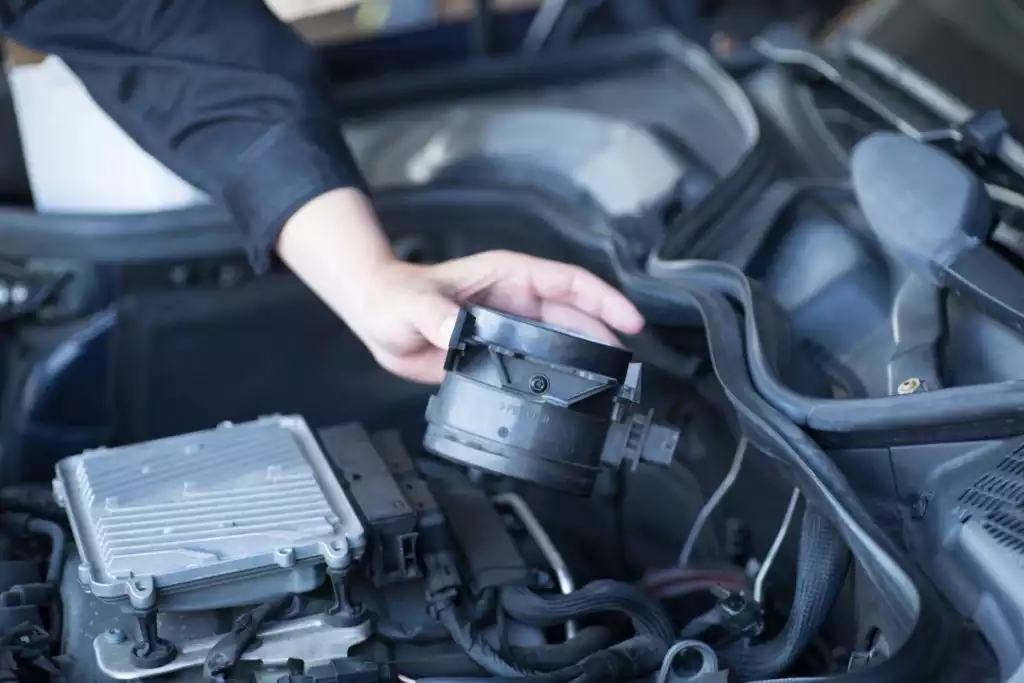So, you’re thinking about buying something refurbished or remanufactured? First off, good for you. You’re saving cash, being a little kinder to the planet, and, honestly, sometimes ending up with a gadget or part that works just as well as brand new—maybe even better, depending on who worked their magic.
But, here’s the catch. There’s a right way and a wrong way to do this. (Trust me, I’ve had my share of “What was I thinking?” moments.) So, before you click “add to cart,” let’s break down what really matters.
What’s the Difference? Don’t Sleep on the Labels
Let’s clear something up right off the bat. “Refurbished” usually means someone fixed up a product, checked it, and got it ready to resell—maybe it was a demo model, maybe just an early return. “Remanufactured,” on the flip side, tends to be a bit more serious. These parts (especially things like engines or in the case of pump remanufacturing) often get rebuilt to meet or even beat original specs. The pros break it down, test the heck out of it, and swap out worn parts with fresh ones. Here’s a straightforward guide from Consumer Reports if you want to nerd out a little more.
Always Check the Warranty—And I Mean Always
This might sound like “dad advice,” but it’s so important. Even a solid-looking laptop or industrial part can have hidden issues. Look for at least a short-term warranty or return window. If a seller shrugs and says, “Hey, it works—trust me,” well, that’s probably not the best sign. Reputable sellers, especially the ones working with heavy-duty items, usually stand by their work. The Federal Trade Commission lays out what you should expect, warranty-wise, before you buy.
Play Detective: Who Refurbed It and How?
Not all refurb jobs are equal. There’s a world of difference between a pro outfit with good reviews and some dude in his garage with a soldering iron and a dream. Again, this matters extra for things like car parts, kitchen appliances, or—you guessed it—pricier components where safety counts. If you can, buy directly from certified refurbishers or the original manufacturer’s outlet. A little light research now spares you grief later.
Does It Come With All the Bits and Pieces?
This one gets forgotten a lot. I once scored a “steal” of a blender, only to find out it came without a lid. Not super useful—unless you like redecorating your kitchen in smoothie splash. Ask the seller if all parts, cords, or manuals are included. It’s these little things that can really mess up an online bargain moment.
Is Refurb Always Right? Nope, Sometimes New Is Just Easier
If you’re buying something life-or-death crucial, occasionally new is the way to go just for peace of mind. But for most gadgets, tech, and even important stuff like pump remanufacturing, a quality refurbished or remanufactured pick can be smart and reliable.
Quick Recap to Keep Your Sanity
Stick with reputable sellers. Get the full scoop on what “refurbished” or “remanufactured” means in this case. Don’t skip the warranty. And double-check for all the bits. If the deal makes you sweat, maybe pass and wait for the next one. Bargain-hunting isn’t just about saving money—it’s about not inheriting someone else’s headache.
And hey, if you get a good one? It’s like finding treasure. Just hope it comes with all the pieces in the box.






